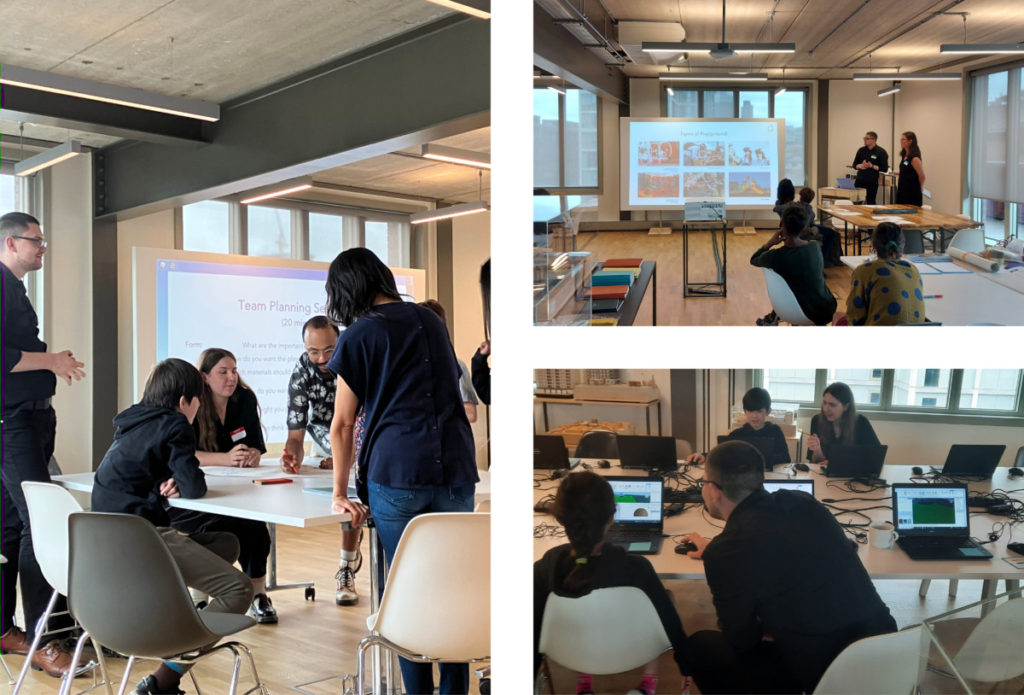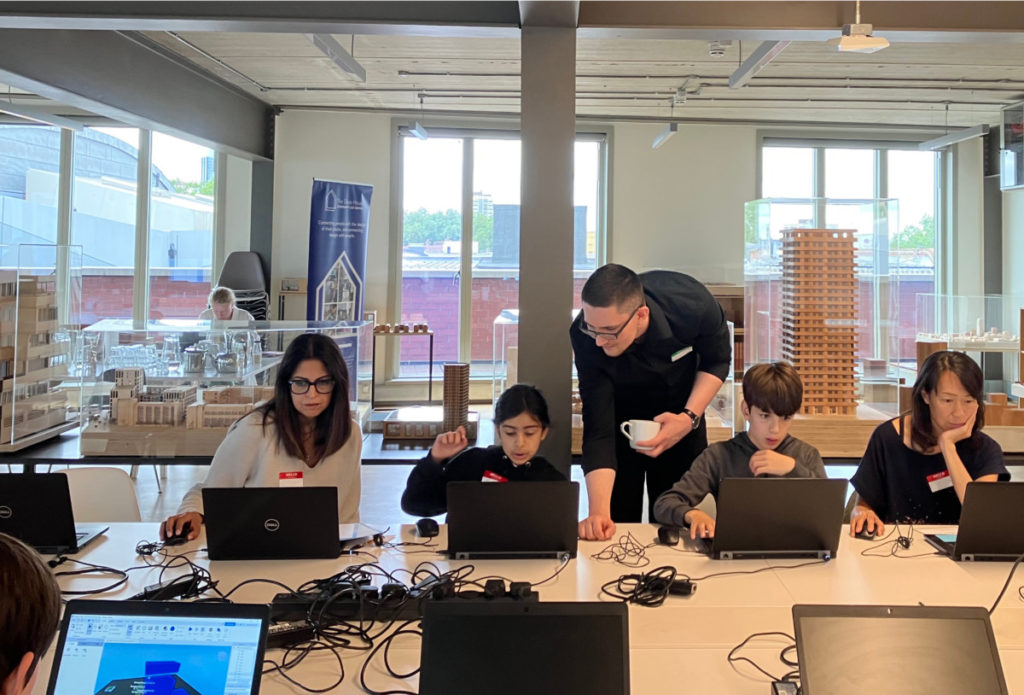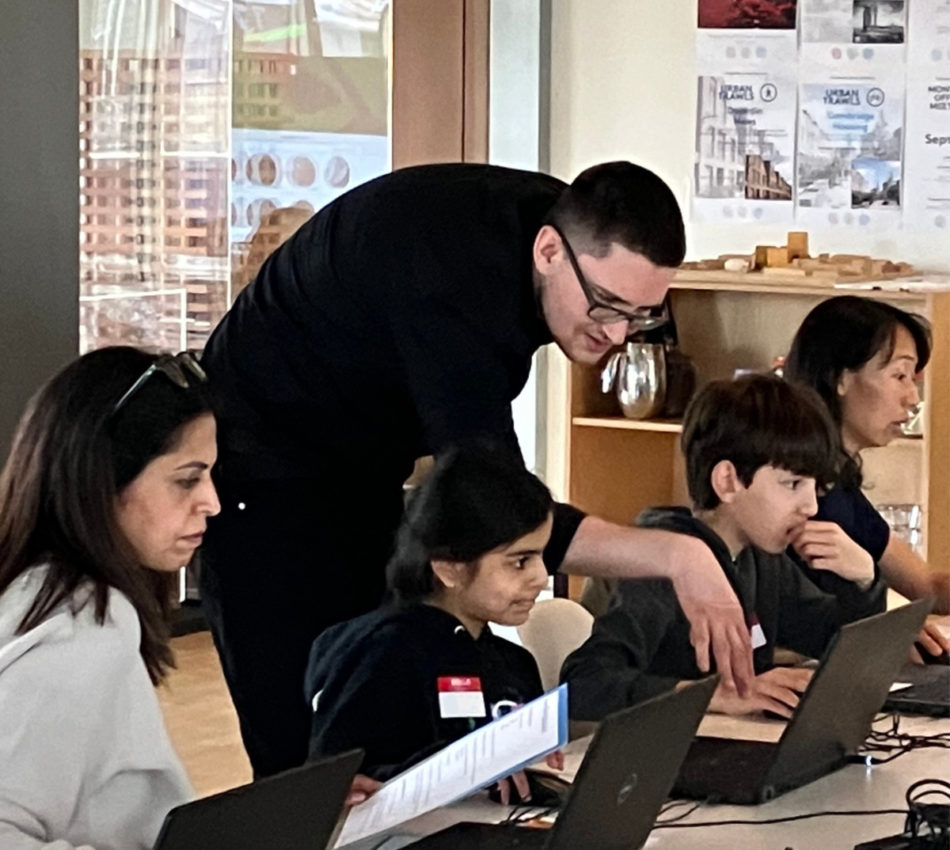Written by:
This article is my short reflection on the importance of navigating diversity in a workplace based on my internship experience at The Glass-House.
Two years ago I was working on a small project during a hackathon with a team of software developers. Our task was to create a solution, which would showcase the host organisation’s past projects to its clients and employees. In business people’s slang differs, for example case studies are often referred to as credentials, so while discussing the project with them I was using this term. I remember my friend, a software developer, asked me ‘When you say credentials, what do you mean Piotr? Because for me credentials are password and login details.’
This situation shocked me then because even though I knew the technical definition of the term used by developers, I subconsciously assumed that for the conversation we would be using its counterpart business definition. Even working for the same company, but coming from a different background and work function significantly changes your perspective on things and the way you understand and use concepts. This memory stayed with me and proved to be useful over time.
For the past three months, I was working on a project with The Glass-House Community Led Design, a national charity, focused on community empowerment in design, placemaking and action research. Action research is a research method that aims to simultaneously investigate and solve an issue. The concept itself is quite similar to the Design Thinking process and Human-Centred Design methodology, which in general is also focused on constantly gathering data on users’/customers’ needs, solution performance etc. and using them to constantly define/redefine problems, ideate potential solutions, prototype and test in an iterative and a non-linear fashion.
Despite sharing the design principles and general similarity of the methodologies in our toolboxes, working together was challenging for us at the beginning. The key challenge for us was to navigate the diversity. Similar to my past experience mentioned earlier, there were multiple occasions when we struggled to align, because of the differences in terminology or jargon used, approaches to problems, ways of working, and industry-specific frameworks. It is expected for a new team to go through all the steps of team development starting from forming through storming, and norming, to finally reach the performing and adjourning stage.

Going through this journey with The Glass-House team Jake Stephenson-Bartley, Sophia de Sousa, Elly Mead and Louise Dennison and Sam Ball was an extremely valuable experience for my professional development. Coming from a business background, I needed to adapt to the working style and project approach specific to the charity, while leveraging my knowledge and skills to bring value to the table. Here I would like especially thank Louise and Jake for your insights and guidance regarding the unique context, opportunities and constraints of the charity’s operations.
Below I gathered a bunch of the lessons I learnt during my time with The Glass-House on how to navigate diversity in the workplace.
1.Don’t assume
As in the first story, be aware of your assumptions or even better don’t assume when it’s not necessary. Assumptions without confirmation are mental traps, hindering effective collaboration and delivery and may lead to miscommunication and, as a result, misalignment.
2. Validate and align
Similarly to the previous point, although any type of project has to operate by making and using certain assumptions, those assumptions have to be recorded and regularly reviewed to ensure alignment and the right direction. As internal and external environmental factors and conditions may change, assumptions made at the beginning of the project may no longer be relevant so regular validation of the assumptions made is necessary.
3. Communicate, ask questions and clarify
I read somewhere that if you want a project to fail, the only thing you need to do is not communicate with the team or stakeholders. It’s a cliche, but good communication is key to effective collaboration and problem-solving, and I’m putting this here as a reminder for me to keep working on that.
4. Be flexible and appreciate differences
The key challenge for collaboration is navigating diversity, working with Sam who was a fellow intern on the project taught me how to co-create while having two completely different working styles. A huge part of that was flexibility on both ends, appreciating differences and adjusting where it was necessary. There are many pathways to achieve the intended outcome, and sometimes we simply disagree on the best approach. What I learnt is that not all battles are worth fighting and that sometimes we spend too much time on the insignificant things instead of focusing on what matters.

5. Showcase your practice
While hanging out with design practitioners on this project, I noticed how much care and attention they put into showcasing their practice. This process happens in the material world through thought leadership via published reports, winning contests, securing media coverage and displaying their designs and mock-ups on the premises of their offices. but also on the individual mindset level. For example, when communicating with stakeholders, clients and with each other by highlighting the unique contribution and value of the work they are doing. Thanks, Elly and Sophia from The Glass-House and Hajir and Morgan and Billy from KCA, who hosted the workshop, for showing me this, for great conversations and inspiring me to incorporate this into my consulting practice.
Last but not least I would like to express my gratitude to the University of Sheffield, and Transforming and Activating Places team – Dr Zelda Hannay, Emily Rogers for providing me with this great opportunity, training and ongoing support during the program.

